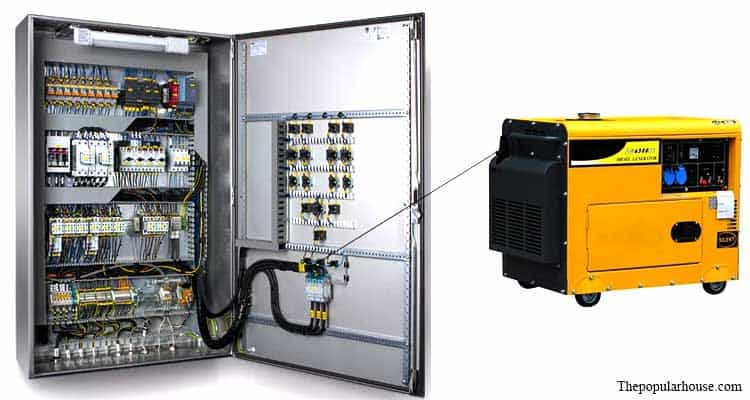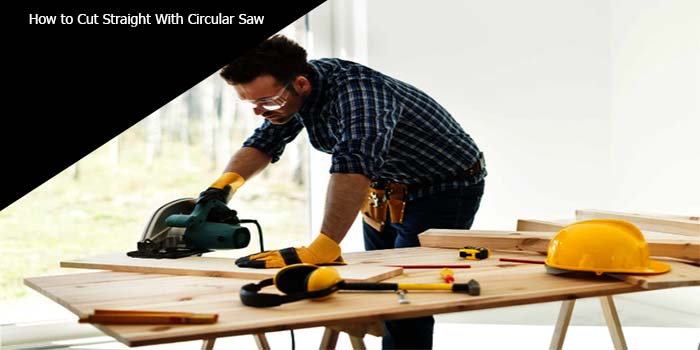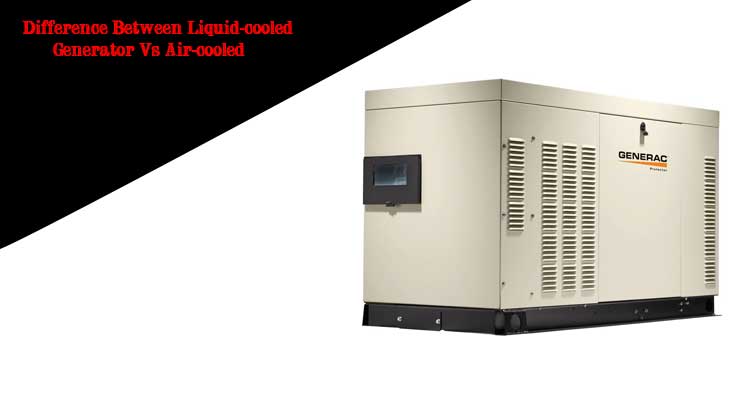How to Connect a Portable Generator to the Electrical Panel
Whether you’re outdoors or setting up a workshop in your garden, portable generators can be extremely helpful. This is because it gives you power when it is extremely unlikely to connect to the nearby mains electricity so that you can light up your shed or start your power tools.
While portable generators are usually thoroughly checked for safety before being sold or rented to the general public, there are a few rules and tips that you should follow as you work. one important thing is how to connect the portable generator to an electrical panel.
For sure there are many approaches when you want to connect a portable generator to the electrical panel. Here, is a preview of the three approaches.
Different ways of connecting portable generators to electrical panels
• Using Automatic transfer switch
The switch detects a power failure and automatically starts the backup generator. Besides, the generator is switched off and automatically switched back to mains power when the power is back. This switch is extremely vital and therefore has an expensive sticker price. It also goes better with an all-day backup generator than a portable generator.
• Using a Manual Transfer Subpanel Switch
This is the lower-cost choice for the automatic switch. It is ideal if you are using a portable generator to provide backup power to your home.
• Using Breaker Interlock
Most property owners prefer this choice because it is the most cost-effective and generally customizable. A breaker interlock is ideal for homes with the standard electrical panel because you have the alternative of choosing which home appliances are to be powered. It may contain an ammeter underneath to prevent overloading and tripping of the generator output switch.
Step by step guide on how to connect a portable generator to the electrical panel
After learning about different ways you can use to connect your portable generator to the electrical panel, it is now time we take you through the steps.
Without wasting time, let us directly jump into it.
- Collect the required tools and parts
There are some things you are going to need in the process of connecting your portable generator to an electrical panel. For instance, gather a long cable, wire nuts, drill, and a non-metallic sheathed cable clamp. Use cables recommended by your local power department.
- Install a generator switch
The next step is to d install a generator switch to complement your generator rating. This is perhaps the most urgent part of connecting a portable generator to an electrical panel. 30-amp circuit breakers are highly recommended.
To install a generator switch, first, turn off your home’s electrical panel breaker to disconnect your home from all electricity. Make sure all breaker sections have been put off before installing the new generator breaker.
- Install the service cable and the feedback switch
After installing the generator switch, the next thing is to install the service cable and route it to the main home panel from the main power connection box. First, tap an opening at the highest point on the main panel to mount a 2-inch NM cable clip connector. Route the service panel cable through the connector and make sure it does not touch any live parts. Allow sufficient length for the cable to allow mobility within the service panel.
Attach the black and red cables to the newly installed electrical switch and the white cable to the neutral bus bar. Finally, install the service feedback breaker on the home’s main service panel.
- Install the inlet box
After wiring the electrical panel, you can then run the wires to the inlet point. Drill an opening through the wall of your house to run the electrical wiring. The opening should be sufficiently wide and descending to prevent water from passing through.
Dismantle the inlet box and attach the rear bracket to the wall. Complete the cable sockets with NOALOX and screw them tight accordingly. The hot black and red cables should connect to the live silver terminals, the green cable to the ground terminal, and the white cable to the neutral point.
Use the legitimate cable to connect the generator to the inlet box. The cable should meet the requirements of the output from your generator. The generator end should have a male lock while the flange connection end should have a female lock.
- Mount the switch
When using a portable generator, it is smarter to use an interlocking package than the transfer switch, which is more expensive to purchase and install. It is also recommended that you have an authorized circuit repairman install the locking device to keep your family and home safe.
- Test the connection
Get a certified electrician to test your connection. This will ensure you don’t found yourself on the other hand of planning agencies, the power company, or insurance companies. Having your connection checked by a certified circuit repairman also will ensure that your home and family are safe.
Conclusion
Portable generators are an incredible way to ensure your home or RV has plenty of power when there is no electrical power available. The problem is that they should be connected appropriately and used safely or they could cause a serious accident. Generators can cause fires that can claim lives if there is a chance the worst could go to the most conspicuous. Therefore, they must be properly connected to the electrical panel.






